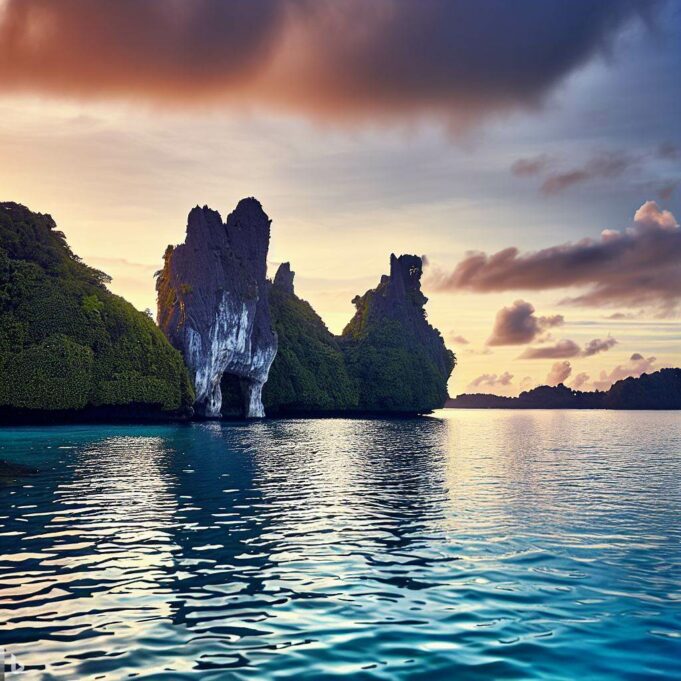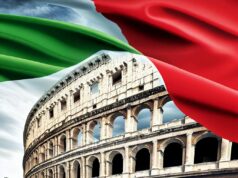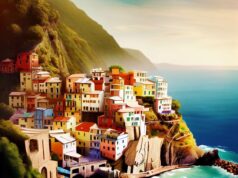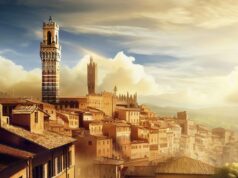If you’re looking for a tropical paradise with stunning scenery, rich culture and amazing wildlife, look no further than the Palau Islands. This archipelago of over 500 islands in the western Pacific Ocean is a dream destination for travelers who love nature, adventure and history. In this blog post, I’ll give you a detailed overview of the Palau Islands, including their history, attractions and tips for visiting.
The Palau Islands have a long and fascinating history that dates back to ancient times. The first settlers were likely from Indonesia or the Philippines, who arrived around 3000 BC. They developed a complex society with distinctive art, architecture and customs. The islands were also visited by explorers from Spain, England, Germany and Japan, who left their mark on the culture and politics of Palau. During World War II, the islands were the scene of fierce battles between the Japanese and the Allied forces, resulting in many casualties and historic relics. After the war, Palau became part of the United Nations Trust Territory of the Pacific Islands, administered by the United States. In 1994, Palau became an independent republic, but still maintains a close relationship with the US.
The Palau Islands are home to some of the most diverse and spectacular natural attractions in the world. The islands are surrounded by a coral reef that hosts over 1500 species of fish and 700 species of coral. The reef is also dotted with numerous shipwrecks and plane wrecks from World War II, making it a paradise for divers and snorkelers. One of the most famous sites is the Rock Islands Southern Lagoon, a UNESCO World Heritage Site that features hundreds of limestone islands covered with lush vegetation and turquoise lagoons. Another highlight is Jellyfish Lake, a marine lake where millions of harmless golden jellyfish migrate daily across the water. The islands also boast a variety of terrestrial habitats, such as mangrove forests, savannas, rainforests and caves, where you can find endemic plants and animals like the Palau fruit bat, the giant clam and the Palau flying fox.
The Palau Islands are not only a place to enjoy nature, but also to experience the culture and traditions of the local people. The Palauans are proud of their heritage and welcome visitors with warmth and hospitality. You can learn about their history and way of life at the Belau National Museum, the oldest museum in Micronesia that displays artifacts, crafts and exhibits related to Palau. You can also witness their ceremonies and festivals, such as the Ngarchelong Canoe Race, the Mechesil Belau Women’s Conference and the Arts and Culture Festival. The islands also offer a range of culinary delights, from fresh seafood and tropical fruits to exotic dishes like bat soup and fruit bat stew.
The Palau Islands are a destination that will leave you breathless with their beauty, history and culture. If you’re planning to visit this wonderland, here are some tips to make your trip more enjoyable:
- The best time to visit is from November to May, when the weather is dry and sunny. Avoid June to October, when it’s rainy and typhoon season.
- The official languages are Palauan and English, but you can also hear Japanese, Filipino and other languages spoken by immigrants and tourists.
- The currency is the US dollar, but you can also use credit cards at most hotels and shops. ATMs are available in Koror, the main city and commercial center.
- The visa requirements vary depending on your nationality, but most visitors can enter without a visa for up to 30 days. You’ll need a valid passport, a return ticket and proof of sufficient funds.
- The main airport is Roman Tmetuchl International Airport in Koror, which connects to Guam, Manila, Taipei and other destinations. You can also travel by boat or ferry between some islands.
- The accommodation options range from budget guesthouses and hostels to luxury resorts and hotels. You can also camp at designated sites or stay with local families for a more authentic experience.
- The transportation options include buses, taxis, rental cars and bikes for getting around Koror and nearby islands. For more remote islands, you’ll need to take a boat or a plane.
- The health and safety standards are generally good, but you should still take precautions against sunburn, dehydration, insect bites and waterborne diseases. You should also respect the customs and laws of Palau, such as not touching or taking anything from the reef or historical sites.
I hope this blog post has given you a glimpse of what awaits you in the Palau Islands. If you’re looking for a fun-filled vacation with nature, adventure and culture, this is the place for you!







